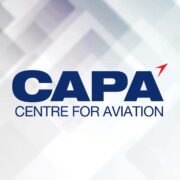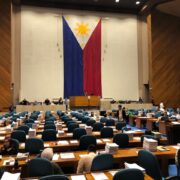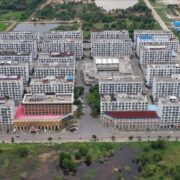Implications of expanded work immersion

A recent program of the Department of Education expanding the work immersion hours for Senior High School (SHS) students seems concerning. Accordingly, the proposal currently being piloted in 14 public schools, will require students to undergo 420 to 640 hours of work immersion from the original 80 hours. This means that the entire second semester of Grade 12 will be devoted solely to immersion, with students spending months outside the classroom in actual work environments.
To be clear, the wisdom behind internships or immersions should not be dismissed entirely. The rationale is to prepare the students in a bid to boost their employability and address jobs-skills mismatch. In principle, exposure to real-world settings can enhance student learning and provide valuable experience. But in practice, immersion remains controversial as it turns students into unpaid labor, exploits their time and energy, and shifts the burden of economic dysfunction from institutions and employers to students and their families.
The extended immersion, under the guise of “preparation,” push SHS students into internships and workplace immersions that mimic labor yet provide none of the protections or compensation that actual workers receive. Firms benefit the most at the expense of students’ labor: they receive free labor from students who require minimal legal obligation, incur no costs in terms of salaries, benefits, or long-term commitment, and can be easily cycled out without consequence. In this arrangement, the student becomes a commodity, while families absorb the financial and emotional cost of transportation, food, uniforms, and time lost to actual classroom learning.
What makes this worse is that it does not actually solve the problem of unemployment. In fact, it may worsen it. Employers, driven by the need to cut costs, in favor student-interns over regular job applicants. In essence, immersion becomes a form of exploitative and unsustainable but legal outsourcing.
The immersion model also exposes the failure of our economy to generate decent work. In a sluggish economy that demands more productivity but refuses to invest in its workforce, students fill the void, not because they are prepared, but because they are cheap.
The expanded immersion also neglects the teaching profession. Teachers are trained primarily to focus on subject matter expertise and pedagogy, and not industry coordination or corporate engagement. Their role is to teach, to foster critical thinking, and to guide students through structured academic content, not to act as field supervisors or business liaisons. The expectation that teachers should navigate the complexities of industry partnerships undermines their academic mission and stretches their already overloaded responsibilities to unsustainable levels.
Notably, the actual role of schools is being threatened: Are our schools still institutions of knowledge and human development, or are they becoming labor factories? Are we cultivating minds for critical thinking and civic life, or are schools now instruments of the market: training students to obey like machines rather than think as humans? This is not genuine education. Critical pedagogy theorist Henry Giroux once stated, “Education should teach students how to think, not what to think”.
I speak not only as an observer, but as someone who has seen this up close. I was once a SHS teacher tasked with handling the immersion course. I witnessed how students, many still uncertain about their career paths, were prematurely deployed into work placements, ill-prepared and under-supported. And that was under the prescribed 80 hours, what more under the proposed 420 or even 640 hours?
In the end, corporations emerge as winners. They benefit from free labor, avoid responsibilities, and shift training costs to the education system. The losers? Students, who become pawns in an unjust system. Families, who carry invisible costs. Teachers, neglecting their actual roles. While school becomes less a space for learning and more a factory for workforce production. And the nation, which sacrifices its future by allowing its youth to be treated as expendable labor rather than as learners.
There is nothing wrong with recognizing the needs of the market, from businesses to industries, these institutions have roles in national development. But under a neoliberal structure, the balance seems lost: it is the market that dictates what schools should teach, what roles the state should perform, and what futures students should pursue. Education becomes a service to the economy, not to society. This should not be the case. The shaping of education must be a collective guided by public interest and not solely by profit.
Hence, it is imperative to ask: Who really benefits from the reforms we call “educational innovations”? If the answer consistently points to corporations and not communities, then we must reconsider whether this is genuine education, or alienation?
—————-
Kurt Zeus L. Dizon is an assistant professor at Saint Louis University, Baguio City.

















